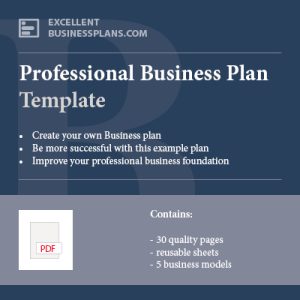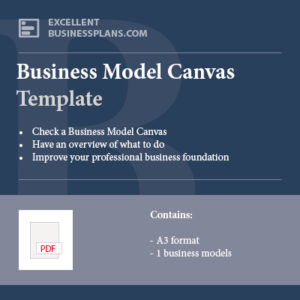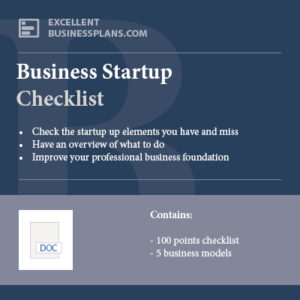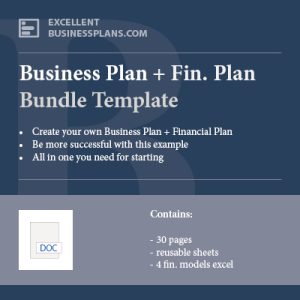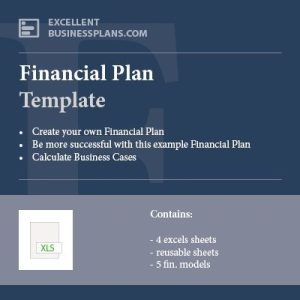The Lean Startup by Eric Ries offers a method for startups to efficiently build, test, and learn from their products through fast iteration, minimizing waste, and using customer feedback for growth.
Here are the key concepts from The Lean Startup by Eric Ries,
1. Build-Measure-Learn
- This is the central idea of the Lean Startup method. It means that startups should quickly create a basic version of their product (build), test it with real customers to get feedback (measure), and use what they learn to improve the product (learn). This process helps startups avoid wasting time and money on things that don’t work.
2. Minimum Viable Product (MVP)
- The MVP is a simple version of the product that includes just enough features to test with early customers. It helps startups learn if their idea is worth pursuing without spending too much on development. The goal is to get feedback early and make changes before investing heavily in a fully developed product.
3. Validated Learning
- Startups don’t just guess what customers want. Instead, they make assumptions and then test these ideas by gathering real customer data. This validated learning proves or disproves if the product is solving a real problem. It’s a way to reduce risk by making decisions based on evidence.
4. Pivot or Persevere
- After testing the MVP and gathering feedback, the startup must decide whether to continue with the current plan (persevere) or make significant changes (pivot). A pivot could mean changing the product, the target market, or the business model based on what they learned from customers.
5. Innovation Accounting
- This concept is about measuring progress in a startup, which is different from traditional accounting. Instead of focusing on revenue or profit, innovation accounting tracks how quickly the startup is learning and improving. It uses metrics like how many assumptions have been tested and validated, or how many new customers are attracted by product changes.
6. Continuous Deployment
- This means startups should release new product versions frequently to customers, often several times a day. By making small changes regularly, startups can test new ideas quickly and respond to customer feedback immediately, reducing the risk of big mistakes.
7. Build Fast, Fail Fast
- Startups should focus on learning as fast as possible, even if that means failing. Small, early failures teach important lessons that help avoid bigger failures later. By testing ideas quickly and learning from failure, startups can find successful solutions faster.
8. Actionable Metrics vs. Vanity Metrics
- Actionable metrics are numbers that show if the business is growing and if changes are making a real difference. Examples are customer acquisition cost or conversion rate. Vanity metrics, like website visits or social media followers, look good but don’t provide useful information for decision-making.
9. The “Five Whys”
- The Five Whys is a problem-solving technique where you ask “why” five times to understand the root cause of an issue. This helps businesses fix problems permanently instead of just addressing symptoms. It’s a way to improve processes and avoid making the same mistakes again.
10. Lean Thinking
- Lean thinking comes from manufacturing and focuses on eliminating waste and increasing efficiency. In the Lean Startup, this means focusing only on what delivers value to customers, and avoiding unnecessary features or activities that don’t help the startup learn or grow.
11. Entrepreneurship as Management
- Ries argues that a startup is not just a smaller version of a large company. It needs its own type of management that is focused on dealing with uncertainty and rapid changes. Startup managers should create a culture of experimentation and learning to make sure the business can grow sustainably.
These concepts from The Lean Startup encourage startups to be flexible, test their ideas quickly, and learn from real customer feedback to succeed.
Was this article helpful?
YesNo


